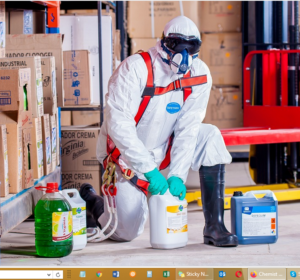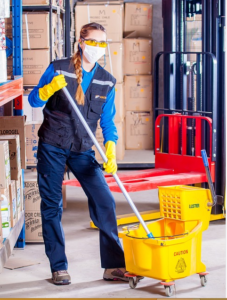Understanding Meth Contamination and Clean-up Process
It is vital to carry out meth testing on your home or property you are about to occupy. This is because living in a meth contaminated property can have adverse effects on your entire family. If the results turn out to be positive, you can evacuate the home or not move in until decontamination has been done.
People living in premises contaminated with meth are at risk of suffering nausea, skin rashes, chemical burns, and even anxiety.
In this article, we look at the dangers of meth contamination and the clean-up process.
Risks of Cleaning a Meth Contaminated House
It is highly dangerous to clean a meth contaminated house by yourself. It is vital to hire professional cleaning services to help with cleaning. Apart from the hazardous meth chemical composition, the house is in great danger of catching fire.
Stepping into a meth contaminated house without protective gear is risky too. You are in danger of exposing your skin and lungs to toxic chemicals. Below is the step by step meth clean-up process.
Surveying the home
 This is a crucial step as it helps identify the level of contamination and sets up how cleaning will be done. The individuals conducting should be well equipped with protective clothing to avoid exposure to dangerous meth chemicals
This is a crucial step as it helps identify the level of contamination and sets up how cleaning will be done. The individuals conducting should be well equipped with protective clothing to avoid exposure to dangerous meth chemicals
Ventilating the house
Ventilating is the second and critical step of meth decontamination. It allows for the supply of clean and fresh air. If the property is fitted with an HVAC system, it should be shut down to prevent spreading dangerous chemical particles to the surrounding environments.
Creating a clean-up plan
After surveying the property and identifying the contamination levels, the next step is to design a plan on cleaning. The plan should be detailed, covering the various cleaning methods to be employed until the house is reasonably clean. It should include the disposal methods, any security issues and, the protective equipment and machines required.
Remove the contaminated objects
You can start the clean-up process by removing every item in the house that is contaminated with meth. The items will then be cleaned or disposed of, depending on the contamination levels. The home will then be ventilated once more for a day or two.
Washing
 Now the hard surfaces of the building can be thoroughly cleaned, including every area that is not visible. Use water detergents instead of bleach because it can react with meth producing even more dangerous gas.
Now the hard surfaces of the building can be thoroughly cleaned, including every area that is not visible. Use water detergents instead of bleach because it can react with meth producing even more dangerous gas.
The second washing stage commences with the cleaning the ceilings, floor, plumbing, and septic systems to ensure no meth residue remains. The entire house is then rinsed with a lot of water. The hose can then be retested for any residues.


